This post about the fairy faith been a long time in the coming. I can only apologise for that, I have been busy researching for a new book that explores these issues in more detail. I was asked to discuss the idea of the Sidhe or Síth in Scottish culture. During research for the upcoming publication many ideas have come forward. Some of these ideas I spoke about last year at the Scottish Radical Herbal Gathering. This post develops those ideas found in the post Dead to Deity. It’s also a think piece. It presents a different narrative to what i see written about. In the most part, it’s an online research diary entry. A place for me lay out new ideas and engage with others in debate.
I am very interested where ideas come from. I have thought a lot about how neopagan, wiccan, druidic and traditional witchcraft ideas developed. Nothing is free of its history. The modern witchcraft and pagan movement developed from British culture thick with certain ideas that mar it. More orthodox western religious ideas suffuse this lens. Ideas overlay it that were born of a certain time. Which in turn created a certain mindset. I explore this criticism from within the epistemological approach of social constructionism. That’s fancy words to say we are a product of an evolving culture which impacts on us at every turn. To quote Emma Restall Orr “[culture] tells everyone exactly what to think, what to feel, how to behave”[1].
We have become more aware of the attempt of religion, politics and economics. It has sought to remove the direct relationship we have with our “spiritual way of life,” land and people. It’s powerful to be connected. To be “rootless” is to be rearranged. Easy to market goods to. So please view this thought piece as an attempt to chip away at some of the “entrenched” ideas of divinity. It’s me playing with ideas that you might find of interest.
The thinking follows the form.
The fairy faith is vast and broad. Linked to the land (I wrote a little about this for Modern Scot) especially in Scotland and Ireland and is still practiced in some places. At times, unknowingly. To my current thinking. The Síth link those of us in Scotland and Ireland back to roots of animism and ancestor veneration.
I started thinking this while reading some of the tales of the Tuatha Dé Dannan (TDD) in the Book of Conquests (Lebor Gabàla Érenn). The Milesians defeat the TDD. I am aware that the Lebor Gabàla Érenn might be something of a Christianised rewrite/edit of the tales. This one part is very interesting and not something inherited from christianity. In the tale the Tuatha de Dannan, (who I suggest aren’t god like characters but more ancestral figures) are nominated places to dwell as per an agreement overseen by Mannnan Mac Lir. He looks at the different Sìdhe mounds and decides who will inhabit where. The key part in the tale. The Milesians make a deal to look after the “above land” – the affairs of humans. They give offerings to the Tuatha De dannan of milk and grain. This is to make sure that the Tuatha De dannan don’t disrupt the harvest from the underground realms – the affairs of non-humans. This echoes the two thirds ‘tax’ that was given to the Formorians and other relational expectations in other tales. This sets up a relationship throughout their dealings[2].
The part of the tale links the TDD, Mac Lír, the ruler of the sea and the otherworld to the concept of the sidhe. The Sidhe/Síth is the word used to describe the otherworld. Also used as short hand for Fairy in modern words. The otherworld is an influence ever present in the lives and day to day dealings of Scotland and Ireland. A land of the dead. In effect, the TDD become part of the sidhe or síth and need to be honoured in the same format as folk ways suggest to give offerings to the Síth. This links the belief to animism and to a potential euhemerist idea of divinity.
The euhemerist lens, (though I take a soft approach to this), allows a deconstruction of the ideas of the “divine” and divinity. AKA, the TDD are not gods and goddesses but human ancestors. It’s a view that humanises them, which is a much-needed step back from current religiosity. The modern view of the TDD as god like is something which may have lashed itself to older ideas through a modern western interpretation. This interpretation is born from modern religious experience and interpretation. An overlaid subjective experience constructed from a western religious and scientific mind, later set to an objective fact. This should be an ever-present question under the pagan umbrella. (A term I use to capture the different religions that engage in these areas). One that is helpful to think about considering the tales and lore we have a better understanding of now. The questions:
How do my assumptions impact on things?
When presented with an alternative point of view, backed by evidence how do I adapt my thinking?
The euhemerist view would represent the TDD as our ancestors and not “divine beings”. This means unlike all-knowing god and goddess, they are fallible and more linked to a humanity we all experience. Under this philosophy, they aren’t forces to be called upon to omnipotently deal with our issues. (A definite western phenomena). In short Euhemerism, is the idea that divine beings developed from the dead who later became venerated in life. They become examples of supernatural agents who can help when called upon. In my mind this links more to the ideas of modern manifestation of Saints than we realise. This approach links the TDD directly to the dead and our lands.
Animism, in short is the idea that everything has a spirit. We can easily move from a Euhemerist view-point to one of animism. Animism is the foundation of many religious ideas. The fairy faith, the sidhe/Síth have its roots entwined with this approach and I propose is a modern survival.
Who are the Sidhe/Síth?
Well, this is not an easy question to answer. Throughout life people have experienced the Síth and Sidhe in different ways. I turn to Evan Wen Wentz (1911) book and his thorough capture of the fairy faith in Scotland. Wentz discusses the experience of people who have met them. His book is vast and the Sidhe/Síth have appeared to those with second sight as shining beings, folks with green blood, musical inclined, kidnappers and baby stealers, rapists and murderers, black dogs, snakes, the list is endless. What Wentz book does show is that some folk refer to the Síth with the names of the TDD and with reverence. It also demonstrates how alive these beliefs were in 1911. For example:
“And to such seer Celts as these, Death is a passport to the world of the Sidhe, a world where there is eternal youth and never-ending joy, as we shall learn when we study it as the Celtic Otherworld”.
The Word Sith have interesting etymological roots. The words come from Síd and middle Irish Síde. This word has been translated to mean seat, hill, but also peace, goodwill, peaceableness, a state or period of peace, a truce; peace terms; peace-making, conciliation peace-offering, compensation, atonement, indemnity, compact of peace. To me it captures both ideas from the tale we’ve already discussed. The idea of a hill and the idea of a truce. So áes Síth can mean fairy people, people of the mounds and people of the compact of peace. These etymological roots echo the idea of a relationship created on a hill to remain in peace. A bargain if you will. Which is one of the fundamental approaches of animism. This echoes the story of the TDD mentioned above.
This suggests the otherworld is made up of dead ancestors. The dead play a greater role in actions in this world than popular belief, current writing and opinion might have us led us to believe. Wentz (1911) would disagree here. He proposes that the Sidhe/Síth were to be considered “other” than dead. Yet his writing, though comprehensive, is born of the time he writes in i.e. that of a religious man writing in very religious times. Could there be another concept of gods he could relate to now he didn’t have then?
The names of spirits of the land and otherworld are bookmarked beautifully in the Scottish Gaelic language. Landmarks and events still have their original gaelic names. This is the result of the relationship we had with the land. These names have been generated from interplay of past human experiences with the land we live upon. Some of these names relate to the people buried there. As they were interred they became a guardian of the land. This action is echoed in the original tale and many others. For example, Amirgin’s Wife dies at sea and they name the place where the Milesians land in Ireland, Scene after her. It’s called Inhber Scene to this day.
Further examples outside of the tales can be seen in the burying of the first dead within a grave yard. Who, in folk belief, would become a guardian of the place. To avert this fate people started killing dogs and burying them first. They would then go on to become the “black dog” guardian of the graveyard, allowing further humans interred to rest. These ideas are explored further by Claude Lacoutex In Demons and Spirits of the Land. If you have an interest in this area, I would highly recommend this book. It is interesting how people in our history developed a topology of the unknown.
So, what does this mean?
This fairy faith approach allows us a different lens to view a lot of folk belief from. The greater quarter days such as Là Bealltainn and Samhuinn aren’t geared toward “worship” of specific “deity”. This philosophy suggests a different approach and focusses on the fairy faith in a way. It could be more a remembering of the relationship we have with people who have come before us. People who did great things who we now wish to emulate. An enactment of the original bargains struck by our ancestors to the TDD and others in the otherworld and the land itself. Here we ask for a successful period ahead, not only for us, but for the community. It would mean that it’s more a subjective secular and profane act than honouring a god or goddess and its associated religious activity. These rituals would be undertaken when there was need to ask for help from the otherworld. Rather than a demand, it’s a reciprocal bargain and fulfilment of a promise.
To “talk” to spirits, we need to go to the place they are. Which means that you need to go to them and speak with them and not pray to them as you would a God from within your house or another’s. For those without the second sight it would mean divination or looking for a sign after leaving an offering to see if we have been successful in our ask. If not they wouldn’t do it. This we see echoed in the Fríth carried out at Beltane.
In support of this idea we have landmarks in Scotland dedicated to a variety of heroic ancestors. Traprain Law (its modern name) is dedicated to the hero Lugh. The Cailleach and the Bodach give their names to many other peaks and Munros. Amongst these are many other lakes rivers, streams. Landmarks such as cairns and tombs named after long forgotten activities and people. This approach helps to root ourselves to our own community and land around us.
This would suggest that the experience of the Cailleach and the Bodach, which translates to Grandmother and Grandfather, gears their roles more to that of our first ancestors and are a part of the approach to fairy faith. This means they should be honoured more as the grandparents of us all than a “winter spirit”. A lot of the folk tales speak of the Cailleach as the first ancestor and mother of many. It raises these two characters, who aren’t mentioned among the TDD, to the role of progenitor and creator of the Scottish people.
It also suggests, as I discussed in dead to deity, that it’s important to be aware of our dead and our lineage through the different Clans and septs of our families. Who is your “patron saint” or TDD hero? A lot of clans link their heritage to these legendary people. It also means that we can call on our ancestry to help us directly if we follow this approach. This is further echoed in the Senchas Thuaithe or the genealogy of the TDD but again suffers from potential Christian bias.
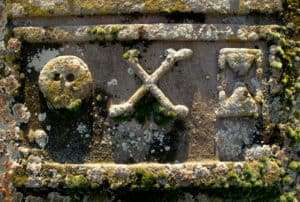 This would also mean that the Síth are representations of the dead in the “otherworld”. With their own motives and reasons to do what they do. Just as they had in life. It chimes with that dealings with the people of the Síth, following the fairy faith if you like, are not without risk. With the right bargains and relationships continued they will remain the people of peace. Without due attention, they will seek to cause you and your community harm. Communication and augury were at the heart of what our ancestors did for these reasons. It also means we need to build relationships with the unknown “others” in our own area. These others will be specific to your own way of living and place and not some god or goddess parent figure from another country.
This would also mean that the Síth are representations of the dead in the “otherworld”. With their own motives and reasons to do what they do. Just as they had in life. It chimes with that dealings with the people of the Síth, following the fairy faith if you like, are not without risk. With the right bargains and relationships continued they will remain the people of peace. Without due attention, they will seek to cause you and your community harm. Communication and augury were at the heart of what our ancestors did for these reasons. It also means we need to build relationships with the unknown “others” in our own area. These others will be specific to your own way of living and place and not some god or goddess parent figure from another country.
It would advocate that there are places in the land that are good for growing food, good for building and good for arranging meetings etc. Each place will have its attendant spirit. They would affiliate to these areas and requirements. If we want to be successful in our endeavours it would be best to seek out these places.
It also means we need to step back from astrological, ceremonial and other correspondence based systems. These haven’t got so much to do with the fairy faith. These as they are now applied to religious pagan systems are separate from an Scottish animist way of life. Indigenous Scottish people had a different appreciation and a different way of understanding the way spirits and nature communicate alongside them. A more primitive way (I use the term primitive not as an insult here) of exploring the world needs to be experienced. We need to step back away from the veneer and gloss provided from different magical systems that obfuscate folk magic approaches. These different systems, when applied all at the same time in a great big stramash, only serve to confuse and derail the more animistic folk based practices that lie at the heart of Scottish and Irish indigenous ways of life.
Notes:
[1] http://skeptiko.com/emma-restall-orr-druid-demolishes-materialism-346/
[2] It is interesting to note that in the Book of Leinster and the Book of the Dun Cow the TDD are described as gods and ungods. Perhaps supporting the idea of god like but not god like? Perhaps this is a loose translation and maybe its reminiscent of the Shinto idea of Kami. A phrase unable to be translated?
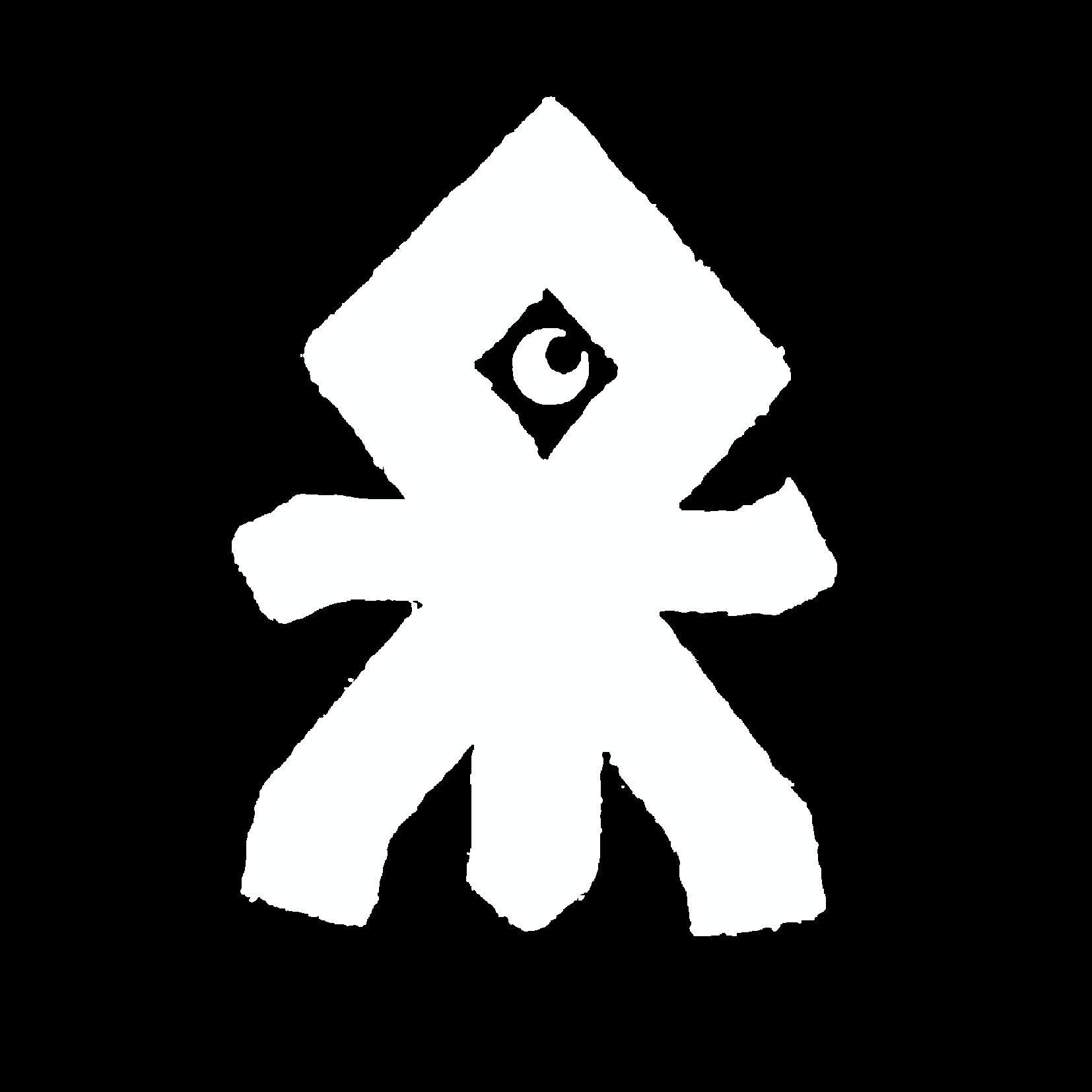
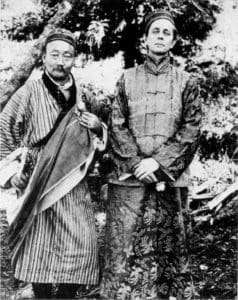
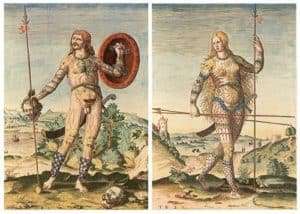
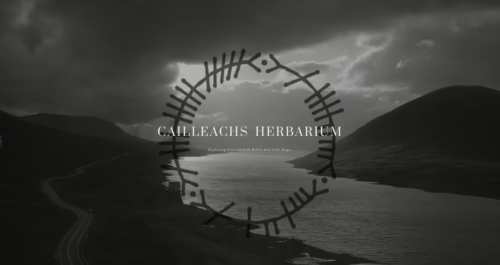
10 comments
Brought here by The Weekly Woo. This is a great article. I’m currently writing an article on faerie and the Sídhe, and I will have to link to this page because it’s too good not to. :)
Great Blythe. Im glad it inspired you. Please do share a link to your article when you are done.
I’m hoping there is a way to save this to my time-line. Information such as this is invaluable and I would like to save it and share it with others. Thank you for all you do and have done.
Hi Laurel,
When the website was al fancy (and broken) there were share buttons. Ive recently had to remove them and cut back to the minimum required to enable me to fix the website. In the meantime you can just copy and paste the link in the top address bar in your browser of choice and it should reformat the link on things such as Facebook etc.
Thanks so much for your comments, it means a lot to get feedback.
Just wanted to say thanks for the article. I’ve been researching and reading about the good people of Ireland for many years. This is one of the best things I’ve read online about their true nature and explanation of where they come from in folk memory.
Thanks Suíbhne much appreciated.
Fascinating article! Drawn to it most directly from Laurel Ronan’s unfetteredwood.blogspot post on sources, but other links exist (it’s strange how life begins to bring confirmations, and unexplained events later make sense). My husband, who passed away five years ago, had a dog, his black dog, who was his companion and even with him as he passed (unusual hospice which allowed this). I knew the dog had a special meaning, but did not know this folk belief – at the time. The dog himself died later, with a similar heart ailment to his master’s. Hmm. This perspective makes sense, of animism and connection to ancestors.
Amazing information I’ve been looking for years! I’m Scottish and I heard the call of the Sidhe years ago. Do you have a book?! I’d love to read more
Good morning virginia,
Thanks for dropping by and being so interested. There is actually a book announcement imminently, once I’ve signed off the contract with the publisher etc. Stayed tuned to either the Facebook page or the instagram account for more information when it does arrive.
Have a great October!